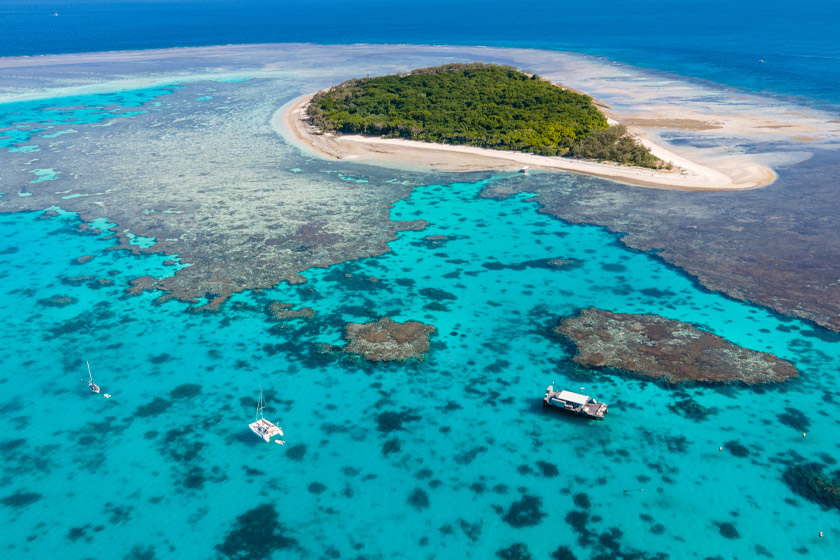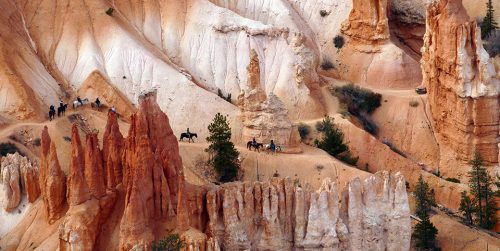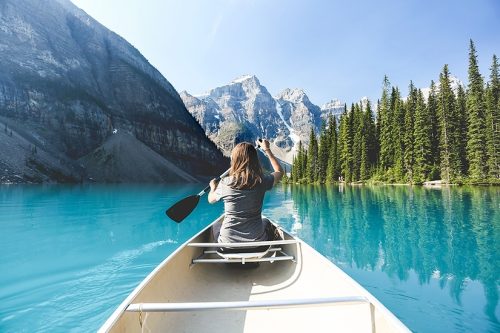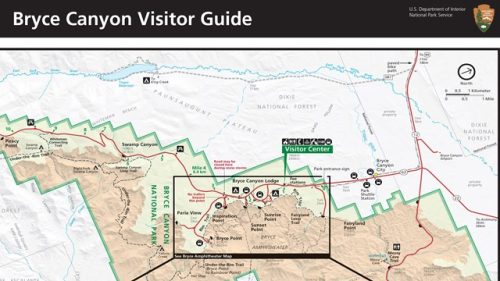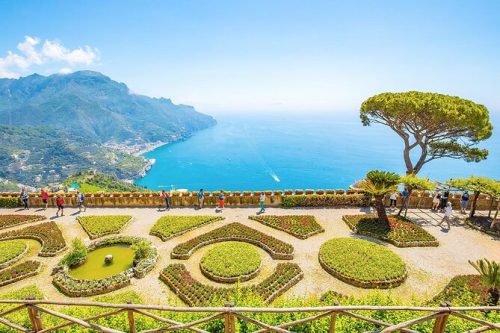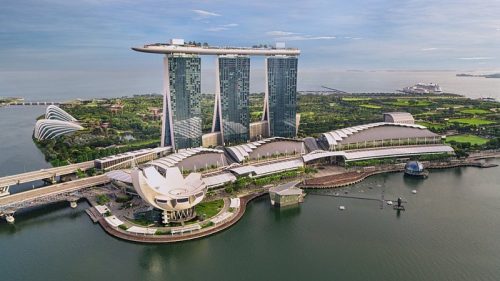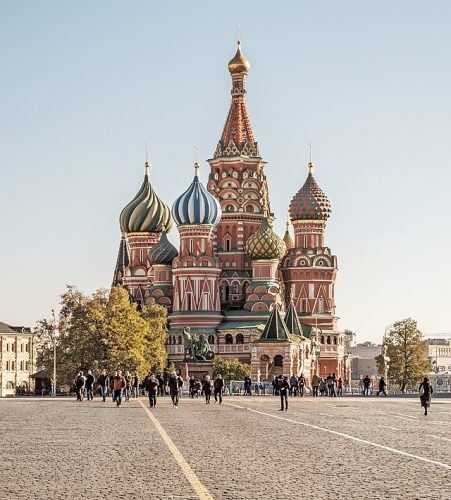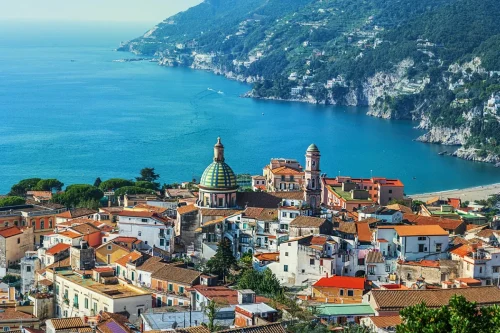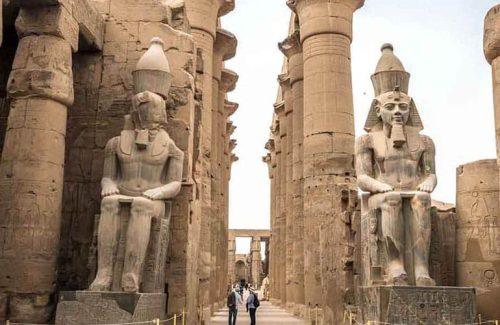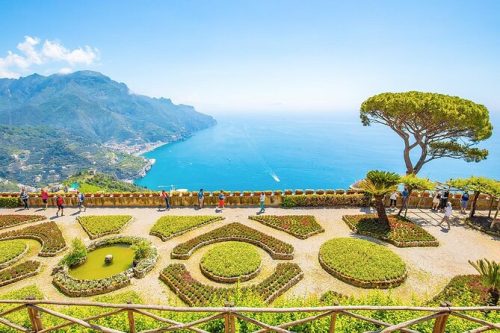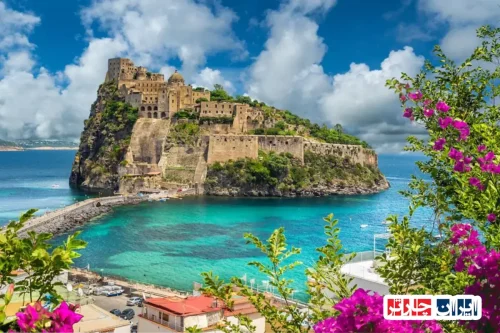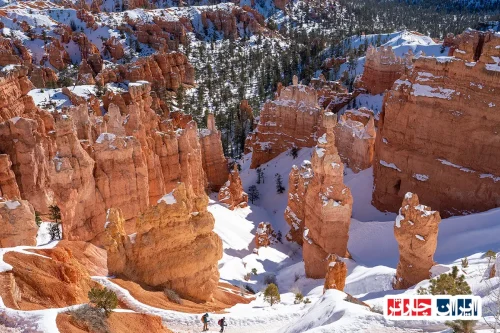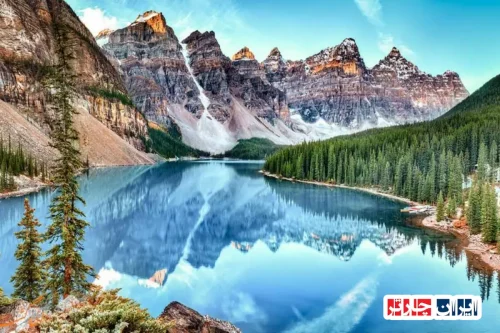Great Barrier Reef Queensland Australia
The Great Barrier Reef in Queensland, Australia, the greatest natural wonder and the world’s largest coral reef system, is a top destination for nature enthusiasts and adventurers. Covering an area of over 344,400 square kilometers, it is home to more than 1,500 species of fish, 411 types of hard coral, and dozens of species of whales, dolphins, and sea turtles. Recognized as a UNESCO World Heritage Site, it attracts millions of tourists from around the world annually.
Great Barrier Reef Queensland Australia holds immense importance not only for its marine habitats but also for the culture and history of the indigenous people who have a profound connection with this area. For over 60,000 years, indigenous people have lived here, and their stories and traditions are deeply intertwined with this natural environment.
Diverse tourism routes around Great Barrier Reef Queensland Australia include diving, snorkeling, boat tours, and wildlife watching. From the white islands like Whitsunday and the historic wreck sites like the SS Yongala, each offers a unique and unforgettable experience to visitors.
Great Barrier Reef Queensland Australia faces significant environmental challenges in recent decades, with threats like climate change, coral bleaching, and marine pollution. Conservation efforts and initiatives by the Australian government, scientists, and local communities are crucial to maintaining and preserving this natural wonder for future generations to enjoy its beauty and biodiversity.
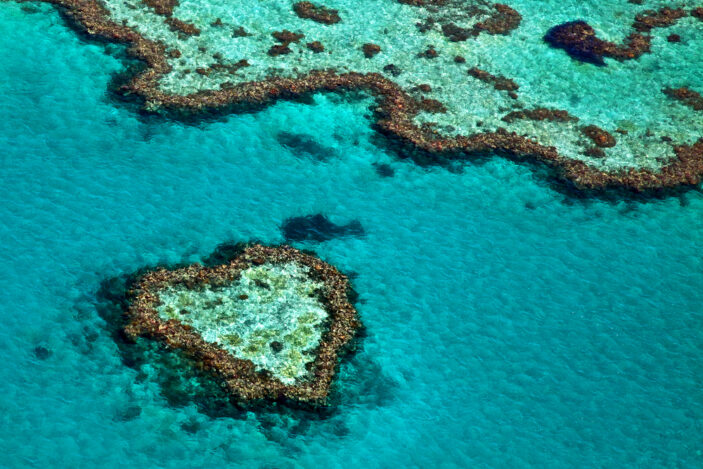 Great Barrier Reef Queensland Australia
Great Barrier Reef Queensland Australia
The Great Barrier Reef in Queensland, Australia, the greatest natural wonder and the world’s largest coral reef system, is a top destination for nature enthusiasts and adventurers. Covering an area of over 344,400 square kilometers, it is home to more than 1,500 species of fish, 411 types of hard coral, and dozens of species of whales, dolphins, and sea turtles. Recognized as a UNESCO World Heritage Site, it attracts millions of tourists from around the world annually.
Great Barrier Reef Queensland Australia holds immense importance not only for its marine habitats but also for the culture and history of the indigenous people who have a profound connection with this area. For over 60,000 years, indigenous people have lived here, and their stories and traditions are deeply intertwined with this natural environment.
Diverse tourism routes around Great Barrier Reef Queensland Australia include diving, snorkeling, boat tours, and wildlife watching. From the white islands like Whitsunday and the historic wreck sites like the SS Yongala, each offers a unique and unforgettable experience to visitors.
Great Barrier Reef Queensland Australia faces significant environmental challenges in recent decades, with threats like climate change, coral bleaching, and marine pollution. Conservation efforts and initiatives by the Australian government, scientists, and local communities are crucial to maintaining and preserving this natural wonder for future generations to enjoy its beauty and biodiversity.
” width=”703″ height=”469″ />
Great Barrier Reef Queensland Australia
The Great Barrier Reef in Queensland, Australia, the greatest natural wonder and the world’s largest coral reef system, is a top destination for nature enthusiasts and adventurers. Covering an area of over 344,400 square kilometers, it is home to more than 1,500 species of fish, 411 types of hard coral, and dozens of species of whales, dolphins, and sea turtles. Recognized as a UNESCO World Heritage Site, it attracts millions of tourists from around the world annually.
Great Barrier Reef Queensland Australia holds immense importance not only for its marine habitats but also for the culture and history of the indigenous people who have a profound connection with this area. For over 60,000 years, indigenous people have lived here, and their stories and traditions are deeply intertwined with this natural environment.
Diverse tourism routes around Great Barrier Reef Queensland Australia include diving, snorkeling, boat tours, and wildlife watching. From the white islands like Whitsunday and the historic wreck sites like the SS Yongala, each offers a unique and unforgettable experience to visitors.
Great Barrier Reef Queensland Australia faces significant environmental challenges in recent decades, with threats like climate change, coral bleaching, and marine pollution. Conservation efforts and initiatives by the Australian government, scientists, and local communities are crucial to maintaining and preserving this natural wonder for future generations to enjoy its beauty and biodiversity.
Where is the Great Barrier Reef?
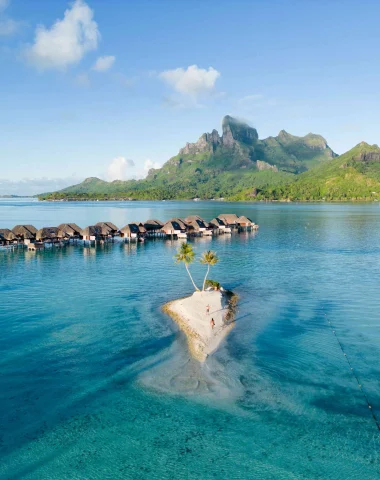
The Great Barrier Reef, one of the natural wonders of the world, is located in the state of Queensland, Australia. This massive coral system, over 2300 kilometers long, stretches from the northern tip of Cape York Peninsula to the southern shores of Bundaberg. The Great Barrier Reef is recognized as the largest living structure on Earth and plays a crucial role in Australia’s marine ecosystem. This unique environmental area includes nearly 3,000 reefs and 900 islands, each possessing its own beauty and biodiversity. Besides its unparalleled beauty, the Great Barrier Reef is a popular tourist destination attracting millions of visitors annually.
Protecting and preserving the Great Barrier Reef is a top priority for the Australian government and local communities due to its significant role in maintaining biodiversity and supporting the local economy. This area faces challenges such as climate change and other environmental threats that require serious and immediate actions to protect this natural wonder.
Geographical Location of the Great Barrier Reef
The Great Barrier Reef is located off the northeast coast of the state of Queensland, Australia, in the Coral Sea. Positioned between latitudes 10° and 20° south, this area boasts one of the world’s most biodiverse regions from a geographical perspective. Its unique geographical location provides ideal climatic conditions and warm waters, fostering the growth and evolution of various marine species. Ocean currents and specific geographical influences in this region have helped maintain diverse habitats within the Great Barrier Reef.
Distance from the Great Barrier Reef to Urban Centers
The distance from the Great Barrier Reef to various urban centers in Queensland varies. For instance, the approximate distance from Brisbane, Queensland’s capital city, to the southern entrance of the Great Barrier Reef is about a four-hour drive. This route includes passing through major roads and breathtaking natural scenery, making the journey a pleasurable experience. In comparison, reaching areas like Cairns or Townsville, which are popular starting points for exploring the Great Barrier Reef, typically requires a short flight. These flights usually take between 2 to 3 hours, allowing travelers to quickly reach their desired destination.
Features of the Great Barrier Reef
As the largest coral reef system in the world, the Great Barrier Reef possesses unique natural features that make it an attractive destination. The Great Barrier Reef’s coral reefs host an incredible biodiversity, including thousands of species of fish, marine animals, and aquatic plants. This biodiversity is a result of ideal weather conditions and a healthy environment. The intricate and colorful coral structures provide suitable habitats for marine animals. Besides hard and soft corals, various species such as manatees, sharks, and dolphins are also found in the area.
Marine Life in the Great Barrier Reef
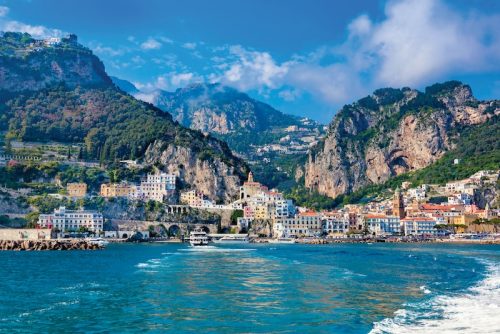
The marine life in the Great Barrier Reef is highly diverse and dynamic. The area is home to over 1,500 species of fish, 411 species of hard coral, and dozens of species of whales, dolphins, and porpoises. The diversity of species and biological interactions among them make the Great Barrier Reef one of the world’s most important marine ecosystems. The underwater world of the Great Barrier Reef is filled with colors and shapes of marine creatures, from beautiful and vibrant fish to majestic whales and sharks, each playing a vital role in this area.
History and Cultural Significance of the Great Barrier Reef
The Great Barrier Reef boasts a rich and long history that dates back over 60,000 years. For the indigenous Aboriginal and Torres Strait Islander peoples, this region holds a special cultural and spiritual significance. Their stories and legends about the Great Barrier Reef reflect their deep connection and reverence for nature. The Great Barrier Reef’s formation dates back approximately 20 million years. These structures have been built by small coral polyps with an astonishing ability to create and sustain large reefs.
Tourism Activities in the Great Barrier Reef
The Great Barrier Reef is renowned as one of the world’s top tourist destinations, offering a variety of activities for visitors. From scuba diving and snorkeling to boat tours and wildlife watching, there is something for everyone to enjoy. Diving in the Great Barrier Reef is one of the most popular activities, allowing the observation of biodiversity and underwater beauty. Additionally, boat tours enable visitors to get close to the Great Barrier Reef through glass-bottom or kayak boats.
Travel Tips for the Great Barrier Reef
To make the most of a visit to the Great Barrier Reef, it’s essential to follow some important tips. Choosing the right time to travel, with dry and suitable weather for marine activities, is among the first recommendations. Additionally, prior planning and booking accommodation near the Great Barrier Reef can enhance the experience. Suitable equipment for underwater activities, such as diving suits and masks, are necessary tools for a successful trip to the Great Barrier Reef.
Best Time to Visit the Great Barrier Reef
The best time to visit the Great Barrier Reef is typically from May to October, when the weather is mild and low in precipitation. During this period, the waters are calmer, providing ideal conditions for diving, swimming, and other marine activities. During these seasons, the weather is more pleasant for visitors and there is a lower likelihood of encountering environmental pollutants. Although summer is also a viable time to visit the Great Barrier Reef, it’s important to note that this season comes with higher temperatures and potentially heavier rainfall.
Accessing the Great Barrier Reef (Transportation)
Several transportation options are available for accessing the Great Barrier Reef. These options include:
Flights: You can reach the Great Barrier Reef by flying to cities such as Cairns or Townsville in Queensland and then accessing the reef by boat or helicopter.
Driving: From cities like Brisbane and Sydney, you can drive to the Great Barrier Reef, taking approximately four hours on average.
Boats: Multiple boat tours are offered for exploring the Great Barrier Reef, departing from various cities in Queensland.
Helicopter: Visiting the Great Barrier Reef by helicopter provides an unforgettable experience, allowing individuals to view the region’s beauty from a bird’s-eye perspective.
Environmental Protection in the Great Barrier Reef
The Great Barrier Reef faces challenges such as climate change and other environmental threats. Rising water temperatures and pollution are the primary causes of coral disease and mortality. Protecting the Great Barrier Reef and maintaining its biodiversity requires serious and prompt action.
Testimonials from Visitors to the Great Barrier Reef
Visiting the Great Barrier Reef is an unforgettable experience for any tourist. People are deeply impressed by the beauty and biodiversity of this area and share their experiences with words like “amazing,” “incredible,” and “beautiful.” Many enjoy watching dolphins, sharks, and various fish in the clear waters of the Great Barrier Reef and remember this experience as one of their best travel experiences.
Frequently Asked Questions
- Where is the Great Barrier Reef and what are its geographical features?
- The Great Barrier Reef is located in the state of Queensland, Australia, and is recognized as the world’s largest coral reef system. It consists of over 2,900 small coral sections and spans approximately 2,300 kilometers along the northeastern coast of Australia.
- What is the distance from urban centers to the Great Barrier Reef?
- The distance from the Great Barrier Reef to Brins Town is about 75 kilometers. However, depending on the entry point to the Great Barrier Reef, the distance may vary.
- What are the prominent natural features of the Great Barrier Reef?
- The Great Barrier Reef boasts high biological diversity, clear waters, and complex organic structures that provide extensive habitat for diverse marine species. Additionally, this region is recognized as a natural sanctuary for various coral molecules.
- What is the marine life like in the Great Barrier Reef?
- The marine life in the Great Barrier Reef is highly diverse, including various corals, colorful fish, sea turtles, whales, sharks, and even marine palms. This biodiversity makes it one of the most beautiful underwater areas.
- What is the history and cultural significance of the Great Barrier Reef?
- For thousands of years, the Great Barrier Reef has been recognized as a sacred place by Indigenous Australians. This area plays a significant role in their culture and myths, and it’s economically important due to tourism and fishing.
- What tourist activities are available in the Great Barrier Reef?
- Tourist activities in the Great Barrier Reef include scuba diving, snorkeling, boating, bird watching, and educational tours about marine life. Visitors can also explore small islands and camp in some areas.
- What tips should be considered when traveling to the Great Barrier Reef?
- When traveling to the Great Barrier Reef, it is advisable to choose the right travel season, prepare diving and swimming equipment, ensure marine environmental preservation, and use reputable tour centers. Precise planning for transportation and accommodation is also necessary.
- What is the best time to visit the Great Barrier Reef?
- The best time to visit the Great Barrier Reef is from June to November, when the waters are calmer, the temperature is suitable, and the weather conditions are ideal for aquatic activities.
- How can one access the Great Barrier Reef?
- Access to the Great Barrier Reef can be by air through flights to cities like Kinsey, Corona, or Brginzo. Marine transportation from various Queensland ports is also possible.
- How can the Great Barrier Reef’s environment be protected?
- To protect the Great Barrier Reef environment, refrain from discarding waste into the sea, interact gently with corals and marine life, avoid harmful chemicals, and participate in responsible tours.
- What do visitors’ testimonials about the Great Barrier Reef reflect?
- Visitors’ testimonials about the Great Barrier Reef often reflect unique experiences in observing marine life, natural beauty, and the tranquility of the environment. Many enjoyed unforgettable moments diving and swimming in clear waters.
- What are the travel costs to the Great Barrier Reef like?
- Travel costs to the Great Barrier Reef vary based on accommodation type, stay duration, selected activities, and access methods. Generally, costs include flights, accommodation, tourism tours, and equipment provision.
- What accommodations are available near the Great Barrier Reef?
- Near the Great Barrier Reef, you can find various hotels, eco-lodges, campgrounds, and compact apartments. Some of these places provide complete facilities for tourists, including restaurants, shops, and recreational activities.
- How does climate change affect the Great Barrier Reef?
- Climate change and rising ocean temperatures cause coral bleaching and reduce biodiversity in the Great Barrier Reef. These issues pose a serious threat to the survival and health of this coral system and require urgent measures to reduce negative impacts.
- How can you participate in the protection of the Great Barrier Reef?
- Participation in protecting the Great Barrier Reef can include using environmentally friendly products, participating in beach clean-up programs, supporting environmental organizations, and raising awareness about the importance of protecting this ecosystem.
- What aquatic activities are available in the Great Barrier Reef?
- Aquatic activities in the Great Barrier Reef include snorkeling, deep diving, boating, kayaking, free diving, and bubble diving. Each of these activities allows visitors to become closely acquainted with the Great Barrier Reef’s underwater beauty.
- Is camping available in the Great Barrier Reef?
- Yes, camping is available in certain areas of the Great Barrier Reef. However, you must obtain permits and necessary equipment and adhere to environmental regulations.
- What kinds of animals can be spotted in the Great Barrier Reef?
- The Great Barrier Reef is a diverse habitat for various types of marine animals. Generally, you can witness diverse corals, colorful fish, sea turtles, whales, sharks, dolphins, starfish, shells, and many other species in this area.
- How can one travel to the Great Barrier Reef?
- To travel to the Great Barrier Reef, you can fly to cities like Kinsey, Corona, or Brginzo. You can also travel by sea with boats or ships from various Queensland ports. For more information, contact Iran Charter (Irancharter.ir).
- What foods can be tasted when visiting the Great Barrier Reef?
- While visiting the Great Barrier Reef, you can enjoy fresh seafood such as fish, shrimp, clams, and crab. Also, traditional Australian foods like kangaroo meat, Anzac biscuits, homemade jams, and Australian coffee are accessible in this area.
- Is there an option to buy souvenirs in the Great Barrier Reef?
- Yes, there are shops and markets in the Great Barrier Reef where you can purchase a variety of souvenirs. You can buy items like sea shell souvenirs, coral jewelry, traditional paintings, and Indigenous Australian clothing.
- How can you contact Iran Charter for more information about traveling to the Great Barrier Reef?
- For more information about traveling to the Great Barrier Reef with Iran Charter, you can call 02191091190 or email info@irancharter.ir.

